Animals often surprise us with their incredible adaptations, some of which seem straight out of a superhero comic. From the tiniest insects to the largest sea creatures, many animals possess extraordinary abilities that help them survive and thrive in their environments. These powers range from super strength to invisibility, and they never cease to amaze.
1. The Electric Eel’s Shocking Defense
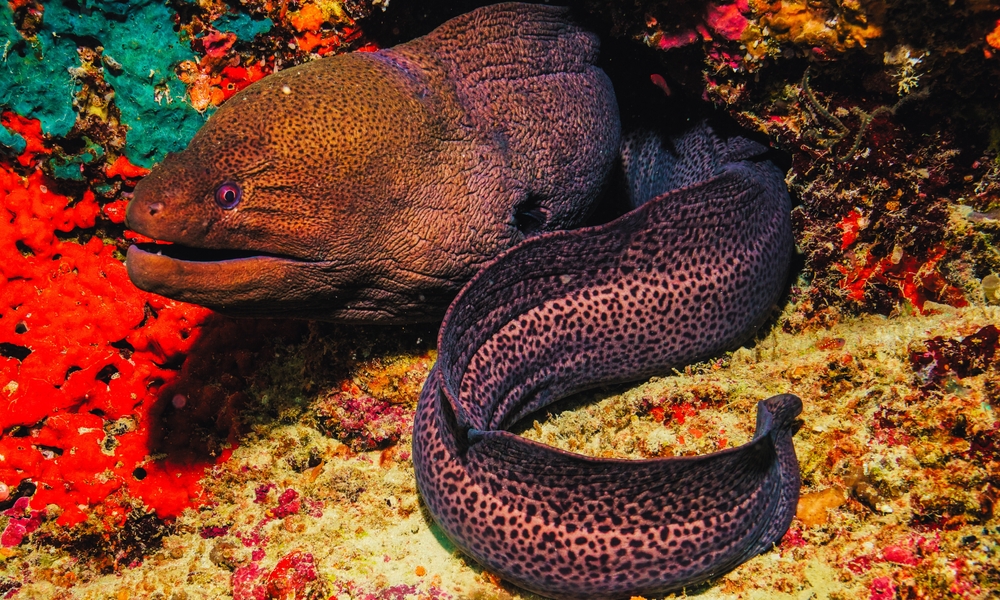
Electric eels, native to South American waters, aren’t true eels but are more closely related to catfish. They possess the remarkable ability to generate electricity, using it for navigation, communication, and hunting. Specialized cells called electrocytes line their bodies, producing electric charges that can exceed 600 volts—enough to incapacitate prey or deter predators. This shocking ability isn’t just for defense; it also allows these creatures to explore murky waters by generating low-voltage pulses to sense their surroundings. It’s a fascinating, built-in taser that showcases nature’s ingenuity.
2. The Gecko’s Sticky Situation
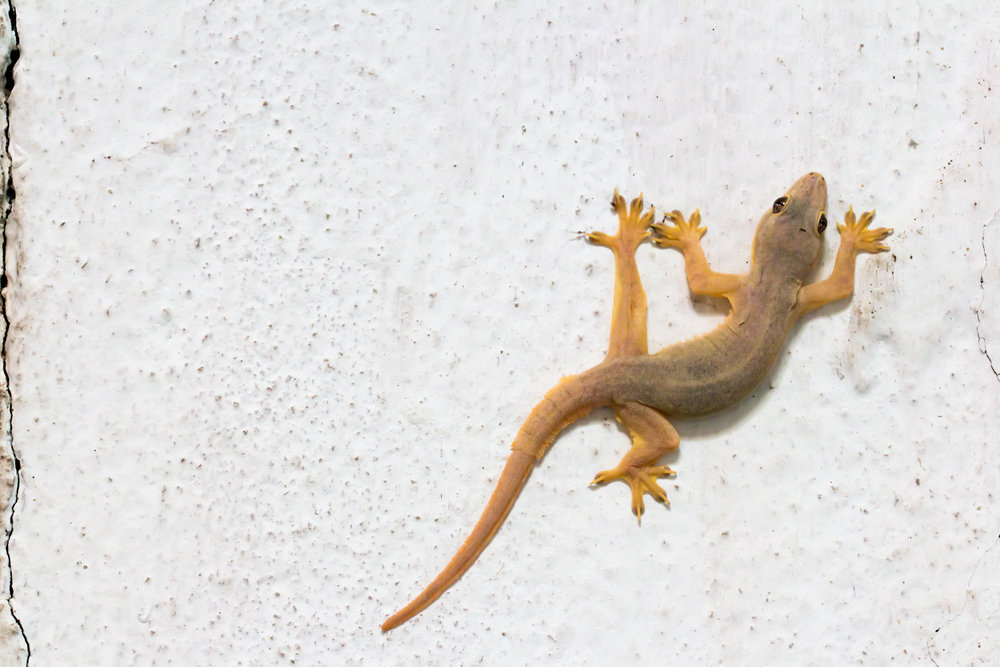
Geckos are small lizards with a big trick up their sleeves—an ability to stick to almost any surface. This isn’t down to sticky substances but the microscopic hairs on their feet called setae, which create a molecular attraction known as van der Waals forces. This allows them to scale walls and ceilings effortlessly, and even hang upside down! It’s a complex mechanism that scientists have studied for years, hoping to replicate it in technology. Geckos are nature’s climbers, showing us that sometimes the tiniest details make the biggest difference.
3. The Octopus’s Master of Disguise

Octopuses are renowned for their intelligence, but their camouflage skills are equally impressive. With specialized cells in their skin called chromatophores, they can change color, texture, and even mimic other animals or objects. This ability helps them avoid predators and sneak up on prey. Some species, like the mimic octopus, take it a step further by imitating the shapes and movements of other marine creatures. It’s a breathtaking show of adaptability, proving that in the ocean’s theater, octopuses are the ultimate shapeshifters.
4. The Mantis Shrimp’s Knockout Punch
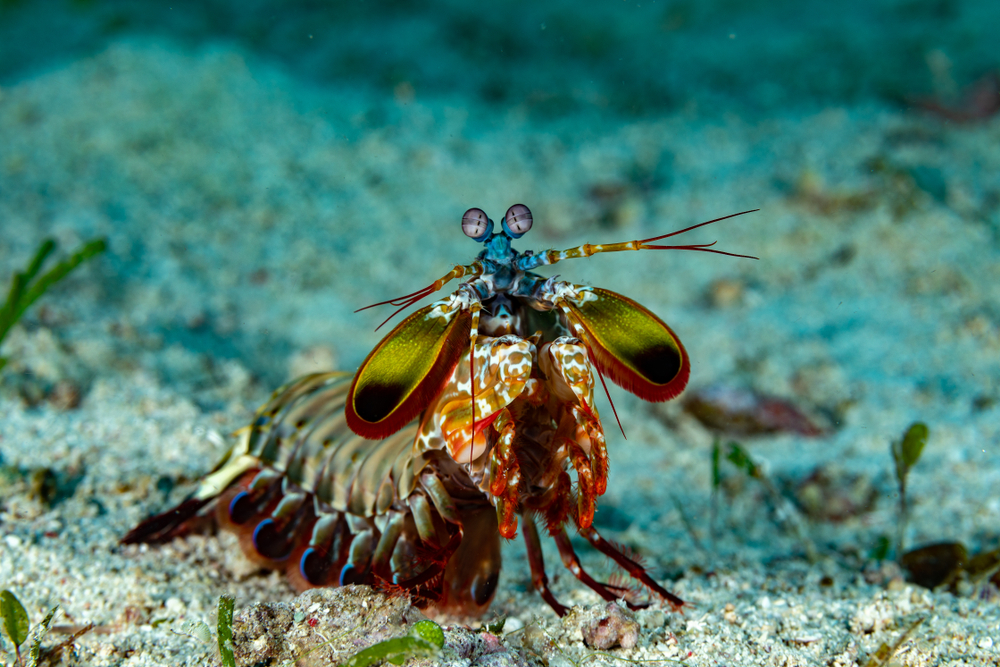
Mantis shrimps might not look intimidating, but they pack a punch that rivals a bullet’s speed. Their club-like appendages can strike with the force of a .22 caliber rifle, capable of breaking the shells of prey. This rapid punch creates cavitation bubbles that produce shock waves, stunning or killing their target even if the initial strike misses. Beyond their raw power, mantis shrimps have extraordinary vision, detecting polarized light and a spectrum of colors unseen by humans. These underwater warriors are a testament to nature’s surprising strength and sensory prowess.
5. The Tardigrade’s Survival Skills

Tardigrades, or water bears, are microscopic creatures with an uncanny ability to survive extreme conditions. They’re found in various environments, from deep oceans to mountain tops, and can withstand temperatures from near absolute zero to above boiling. When conditions become inhospitable, they enter a cryptobiotic state, suspending metabolism and losing almost all body water. This resilience allows them to endure intense radiation, vacuum conditions of space, and pressures six times greater than the ocean’s deepest trenches. Tardigrades are the ultimate survivors, showing life’s incredible tenacity.
6. The Bombardier Beetle’s Chemical Warfare

Bombardier beetles are renowned for their chemical defense mechanisms. When threatened, they unleash a boiling, noxious spray from their abdomen, created by mixing chemical compounds in a reaction chamber. The spray can reach temperatures of 100°C and is ejected with a popping sound, deterring predators effectively. This impressive defense mechanism is a form of chemical warfare, highlighting the beetle’s evolutionary ingenuity. Scientists have studied these mechanisms to understand how such precise biochemical processes evolved, proving that sometimes the best defense is a fiery offense.
7. The Cuttlefish’s Cognitive Camouflage
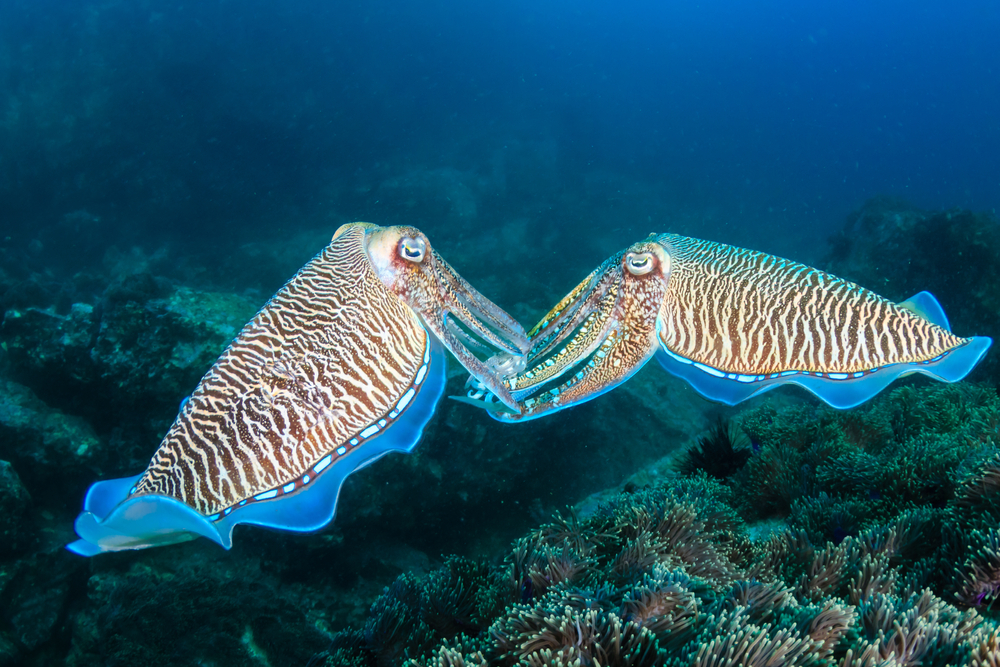
Cuttlefish are masters of deception, using their skin’s remarkable ability to change color, pattern, and texture almost instantly. Like their relatives, the octopuses, cuttlefish employ chromatophores to blend seamlessly into their surroundings or communicate with others. These color changes can occur in less than a second, allowing them to escape predators or ambush prey. But cuttlefish don’t just rely on color; they can alter their body posture and emit electric-like pulses to hypnotize prey. These marine illusionists are a reminder of the ocean’s boundless creativity.
8. The Saharan Silver Ant’s Heat Resistance
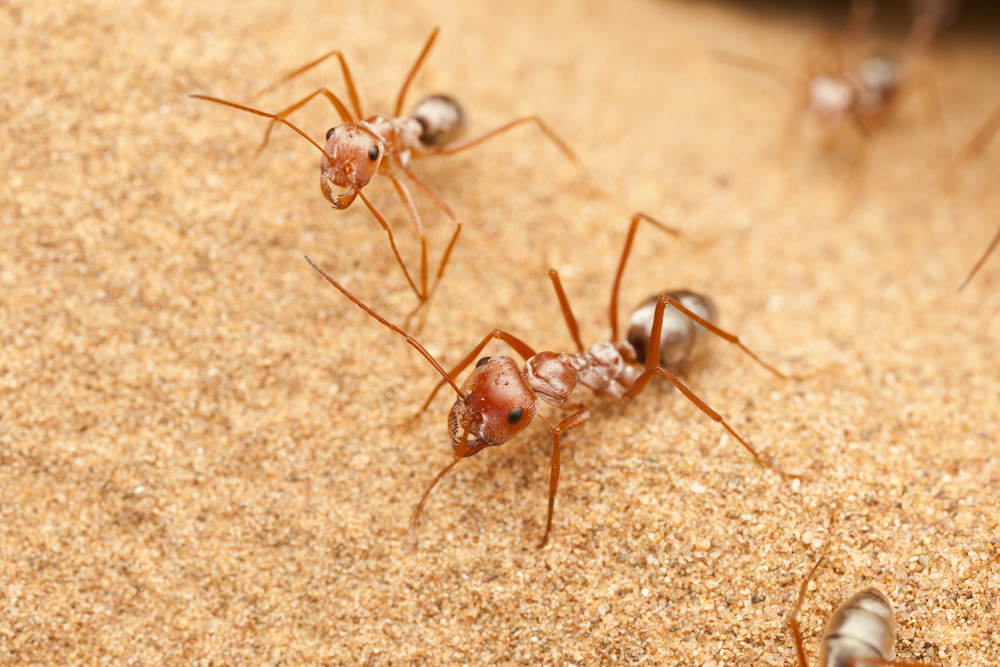
Saharan silver ants are extraordinary for their ability to endure the searing heat of the desert. They thrive in temperatures up to 70°C, the hottest any terrestrial animal can withstand. Their secret lies in their reflective silver hairs that minimize heat absorption and maximize heat dissipation. These ants also have long legs that elevate their bodies away from the scorching sand, reducing contact with the hot ground. Their evolutionary adaptations allow them to forage during the hottest times of the day when predators are scarce, showcasing nature’s remarkable survival strategies.
9. The Lyrebird’s Vocal Versatility
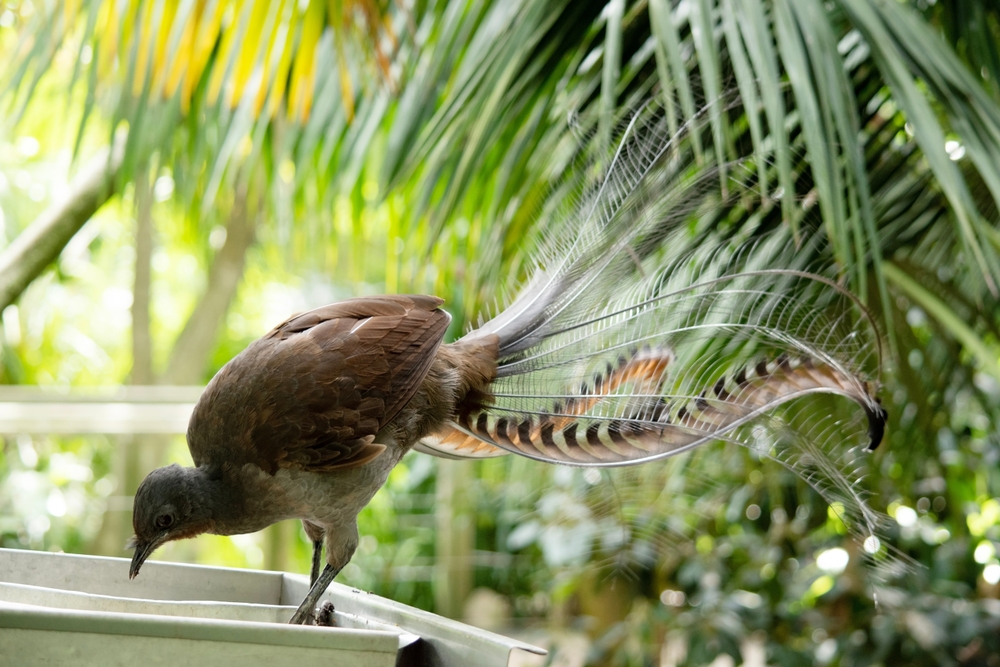
Lyrebirds, native to Australia, are among the animal kingdom’s most proficient mimics, capable of imitating a wide array of sounds. From chainsaws and camera shutters to other birds’ calls, their vocal versatility is astonishing. This ability isn’t just for show; it plays a role in mating displays, with males using their extensive repertoires to impress potential mates. Their mimicry skills highlight the complexity of avian communication and the evolutionary benefits of such adaptability. In the forests of Australia, lyrebirds are the ultimate sound engineers.
10. The Dung Beetle’s Cosmic Navigation
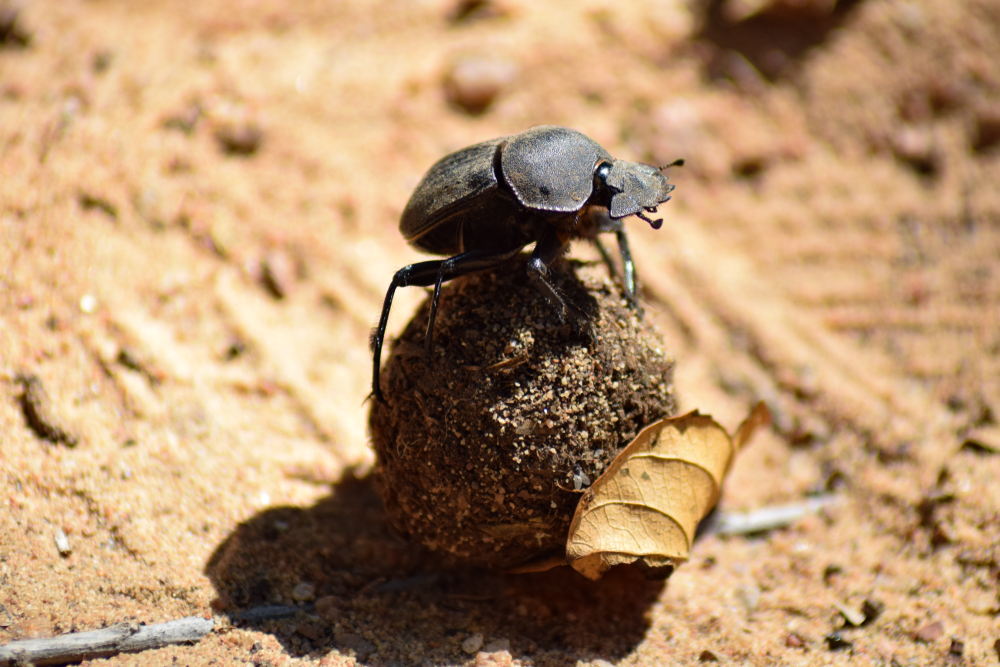
Dung beetles are more than just nature’s recyclers; they’re skilled navigators, too. Some species, like the African dung beetle, use the Milky Way to orient themselves, making them the only known animals to do so. By climbing atop the dung ball and rotating, they scan the night sky for the galaxy’s bright band, ensuring they roll their prized ball in a straight line. This celestial navigation is crucial, as it prevents them from circling back to competitors. Dung beetles remind us that even the smallest creatures can have a cosmic connection.
11. The Axolotl’s Regenerative Abilities
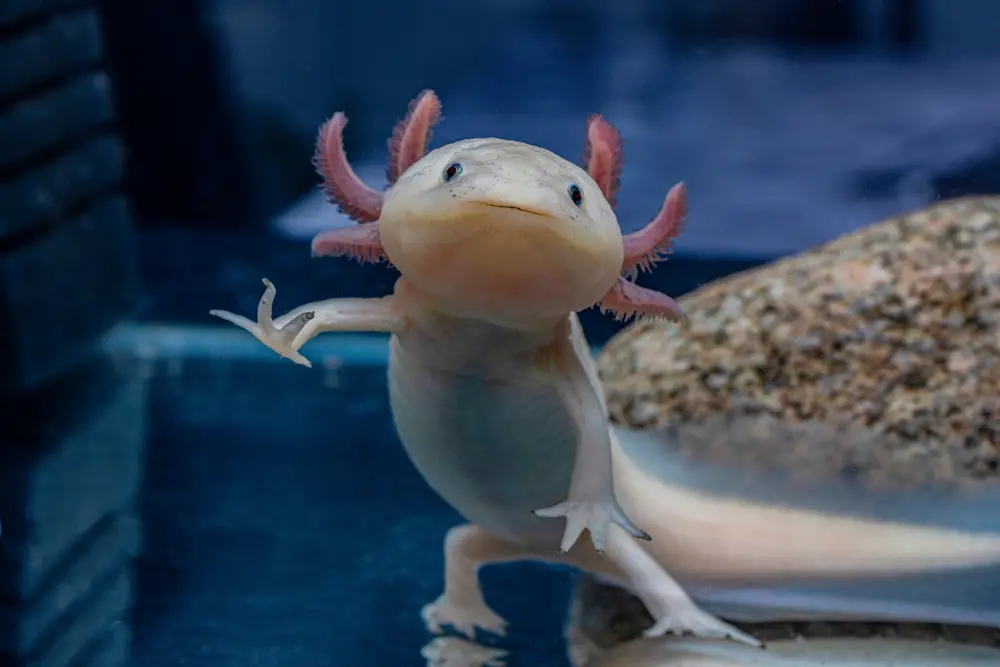
Axolotls, often called Mexican walking fish, possess an extraordinary gift: the ability to regenerate limbs, spinal cord, heart, and even parts of the brain. Unlike other animals that scar over injuries, axolotls regenerate perfectly, with no evidence of damage. Scientists are intrigued by this ability and study these creatures in hopes of unlocking secrets that could revolutionize regenerative medicine for humans. In their native waters of Mexico’s Lake Xochimilco, axolotls are a symbol of biological wonder, showcasing nature’s restorative powers in the most profound way.
12. The Platypus’s Electrolocation Skills
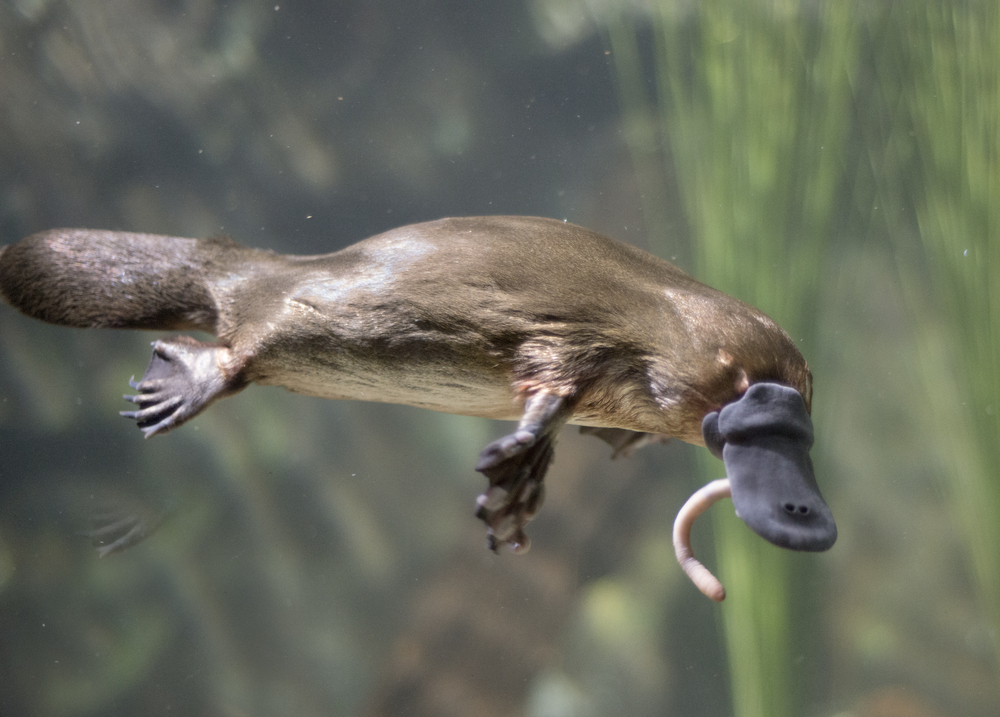
Platypuses are already unique in appearance, but their electrolocation skills add to their distinctiveness. As monotremes, they lay eggs, but when hunting, they rely on electrolocation—a sixth sense. Their bills contain electroreceptors that detect the electric fields generated by muscle contractions of prey in the water. This allows them to hunt with precision even in murky waters, where visibility is limited. The platypus’s sensory abilities are a testament to the diverse evolutionary paths animals can take, combining features that might seem disparate into one fascinating package.
13. The Sea Cucumber’s Self-Defense Mechanism
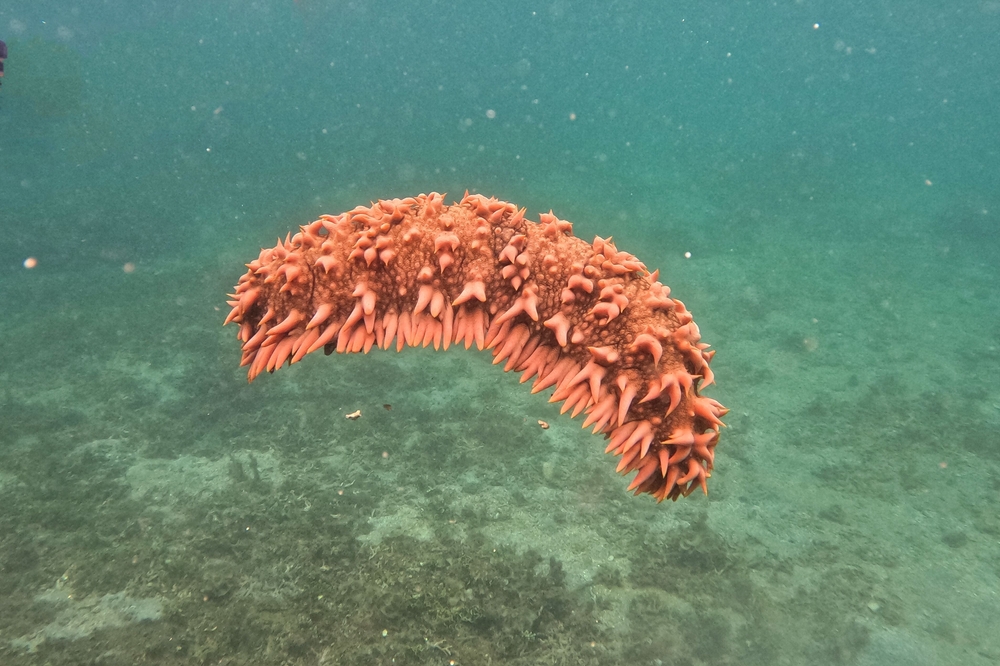
Sea cucumbers may appear inanimate, but they have a dramatic defense mechanism. When threatened, they can expel their internal organs through their anus in a process called evisceration. These organs are often sticky and sometimes toxic, deterring predators long enough for the sea cucumber to escape. Remarkably, they can regenerate these organs over weeks, ensuring survival after such a drastic self-defense act. Sea cucumbers are a reminder that the marine world is full of unexpected strategies, with each creature finding its own way to adapt and endure.
